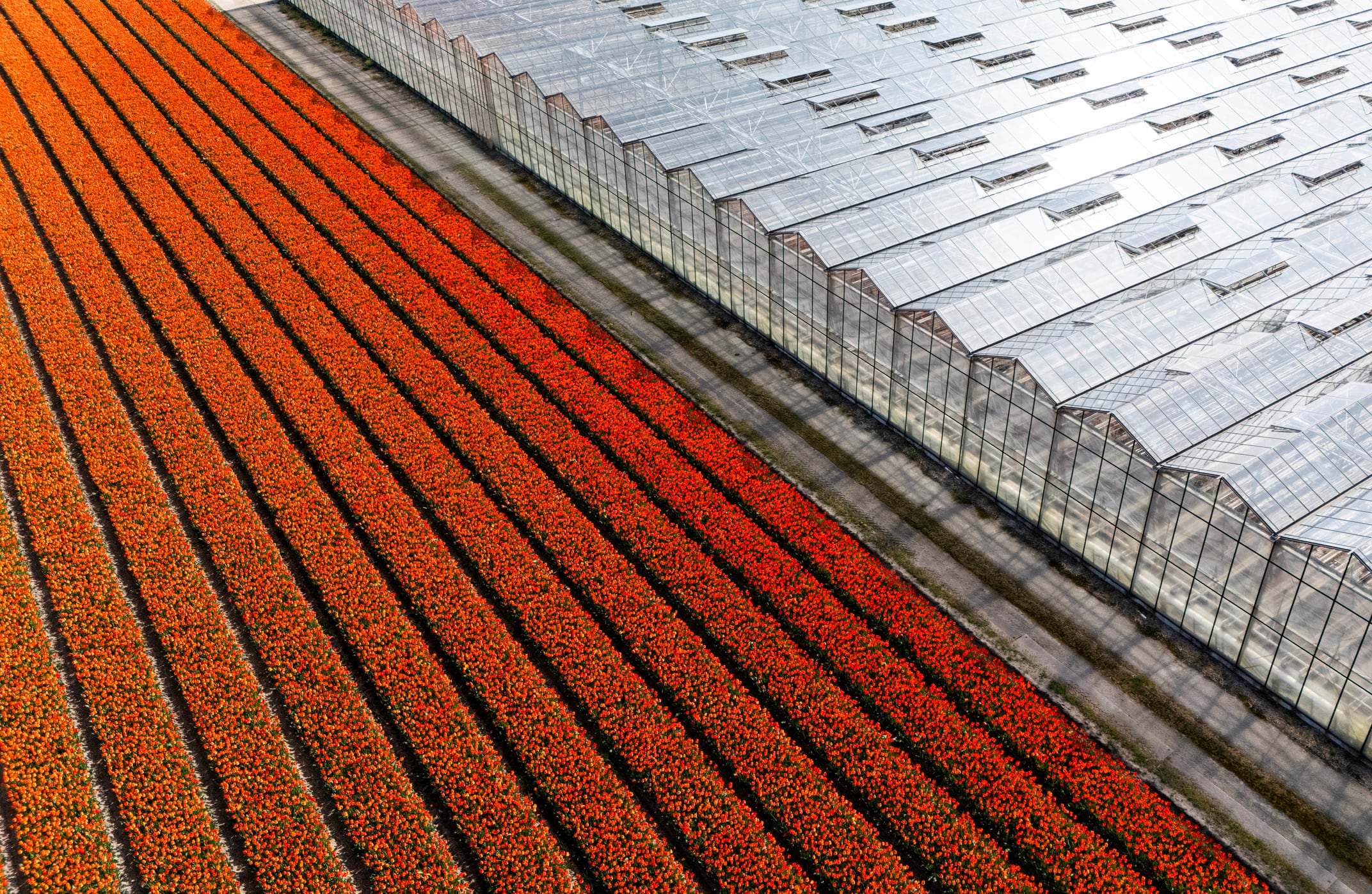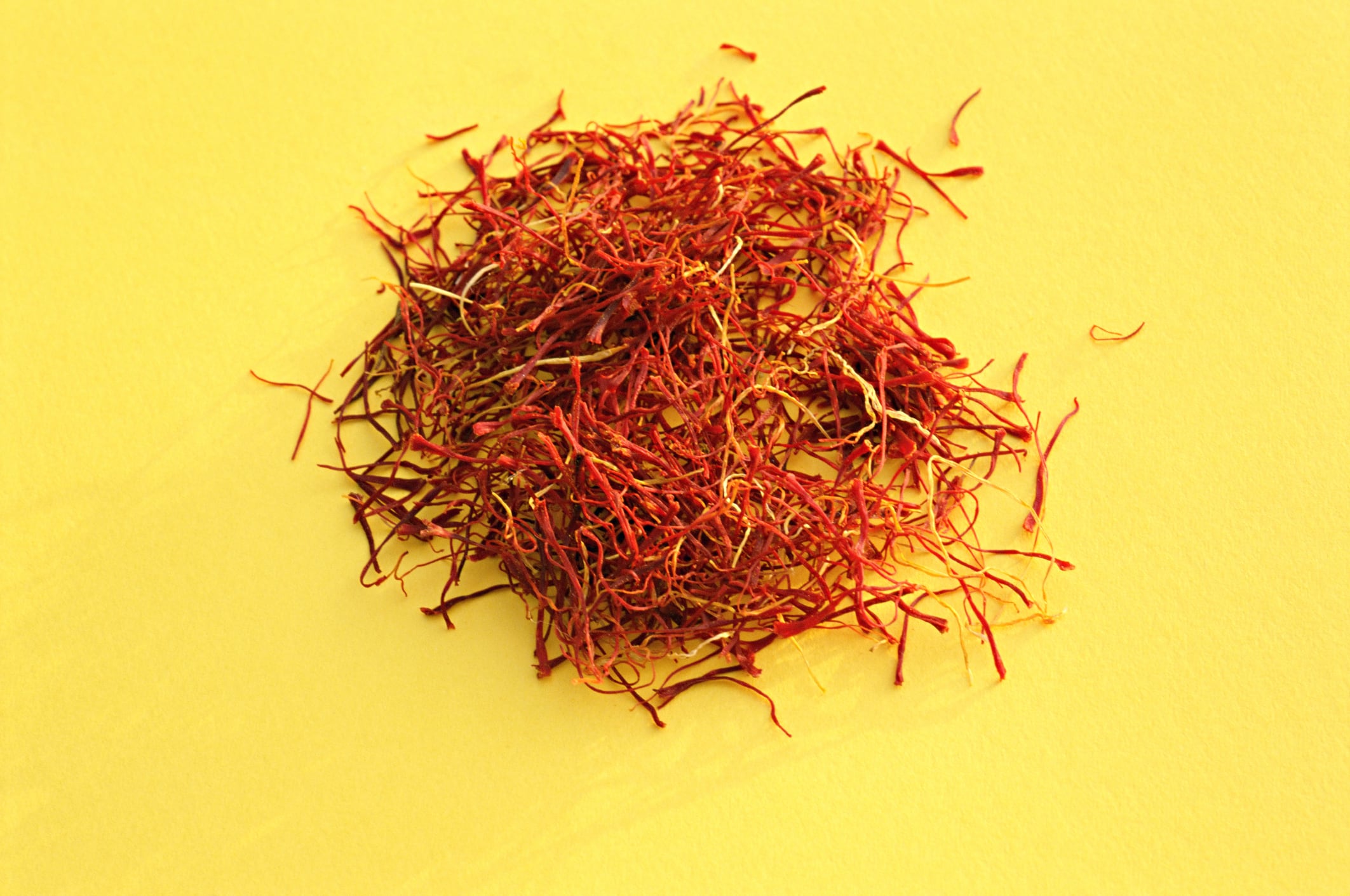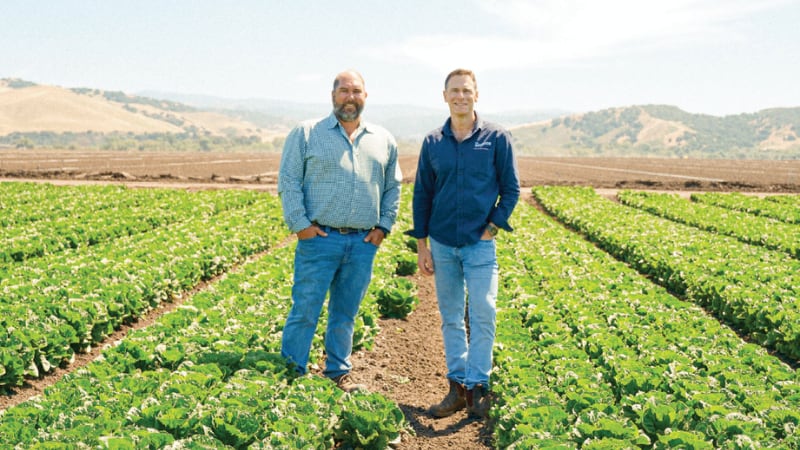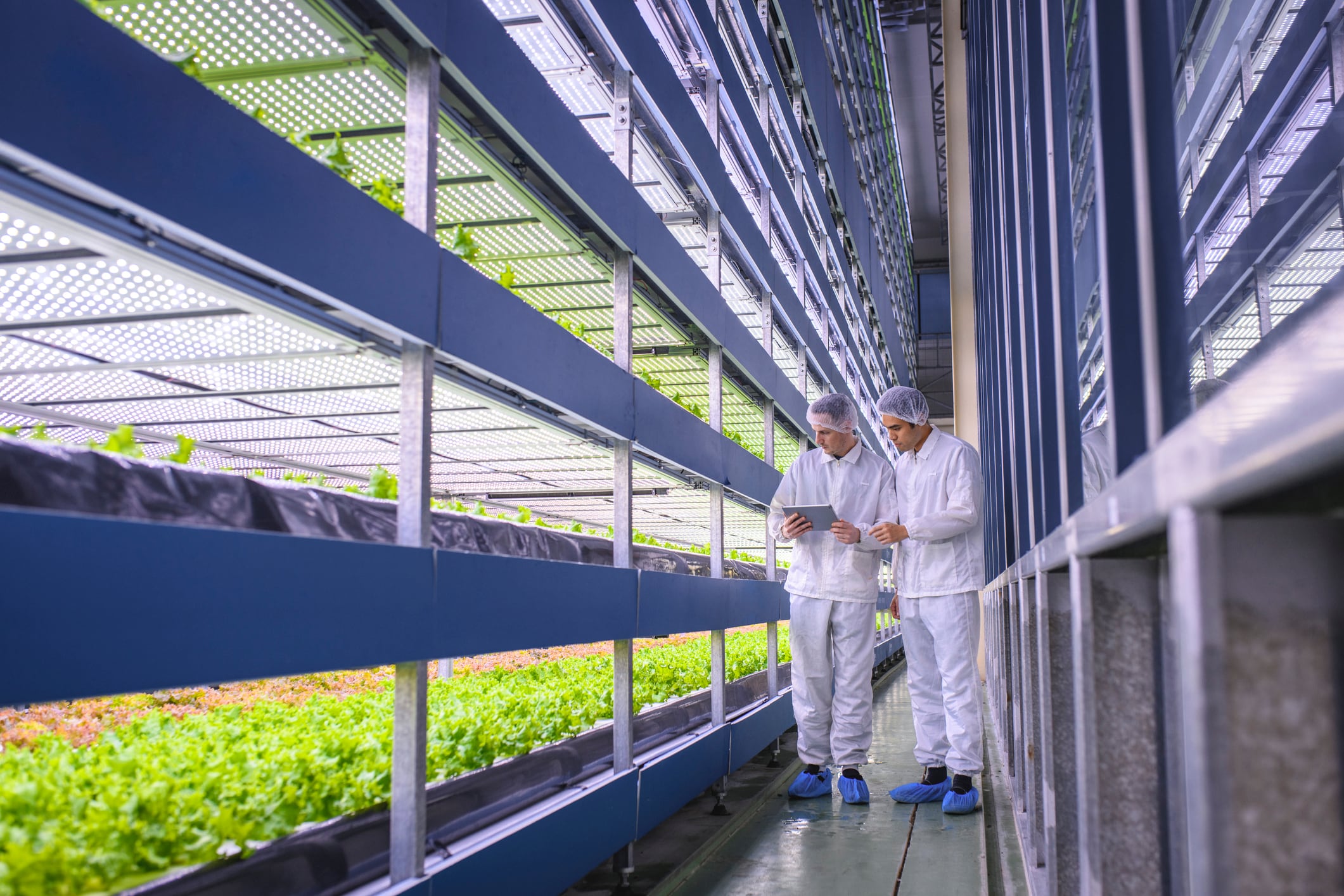To ensure that horticulture remains a cornerstone of the Dutch economy it is looking to innovation hubs like the Hortiscience Innovation Center, which opened last year, to help turn cutting-edge science into practical, entrepreneurial solutions.
Horticulture is “crucial” to the Netherlands, said Loet Rummenie, who has just been appointed HIC’s first director. But the sector must futureproof itself from three “core” challenges: labour, circularity and energy.
The Dutch greenhouse horticulture sector accounts for about 9% of national natural gas consumption, thus contributing significantly to the country’s greenhouse gas (GHG) emissions, said Rummenie.
Meanwhile, around 80-90% of all the high sector greenhouses all over the world are built by Dutch companies, he estimated. “So we have a direct interest to improve the sustainability of the greenhouses we build. And if we don’t fix these problems with labour, circularity and energy then we won’t be able to grow food all over the world, which is the promise of horticulture in general.”
The HIC’s founding partners include Wageningen University & Research, renowned for its world-leading expertise and research in food and agriculture; the start-up acclerators YES!Delft and StartLife; and Delphy, another leading hub for practical innovation and applied research in sustainable greenhouse horticulture and indoor farming.
Another innovation vehicle
The HIC is designed as another vehicle to turn groundbreaking ideas come together and are connected with the right expertise and facilities to develop them into robust solutions.
One example is Thermeleon, a young Dutch company that makes a passive thermal battery system designed to improve the energy efficiency and climate control of greenhouses.
Its core technology uses Phase Change Materials (PCM) that absorb excess heat during the day — when greenhouse temperatures are high — and release it gradually at night or during cooler periods. This process enables both cooling during the day and heating at night, helping maintain a stable, optimal climate for crops without the need for electricity or fossil fuels.
“It’s a nice example of technology that was invented not with the goal to be introduced into a greenhouse, but then slowly got interest from growers,” Rummenie said. “But there are still barriers to overcome like where is the best place to position the PCM in the greenhouse. So there’s lots of things to figure out before you can commercially introduce it, and that’s the role that the HIC aims to play.”
Other examples include Voltiris, a Swiss company that has developed a solar technology specifically designed for greenhouses. Its core innovation is a spectral filtering photovoltaic (PV) solution that allows the wavelengths of sunlight essential for plant growth to pass through while converting the unused parts of the light spectrum into clean, renewable electricity. This enables greenhouses to generate significant solar power without compromising crop yield or quality.
Another is SAIA Agrobotics, a Dutch technology company making autonomous farming systems for greenhouses. It claims to have devloped world’s fastest robotic harvester. This robot automates labour-intensive tasks such as harvesting and pruning, significantly reducing the need for manual labour and increasing efficiency.
“The Hortiscience Innovation Center plays a crucial role in accelerating the sustainability transition in greenhouse horticulture,” said Monique van Wordragen,director of the business unit Greenhouse Horticulture of WUR. “By turning cutting-edge science into practical, entrepreneurial solutions, we are making real progress toward a more resilient and future-proof sector.”





